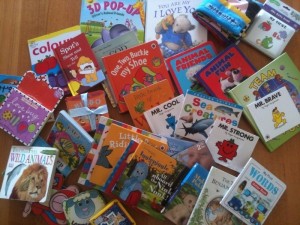Are you looking forward to the day when your kids will be old enough to share what you are reading, or to discuss issues you are passionate about? That day may come sooner than you think. Some great books are now available in junior versions aimed at 5-15 year olds. While many teens will enjoy the original (adult) versions, these junior editions will allow new generations of readers to access these inspiring and thought-provoking works.
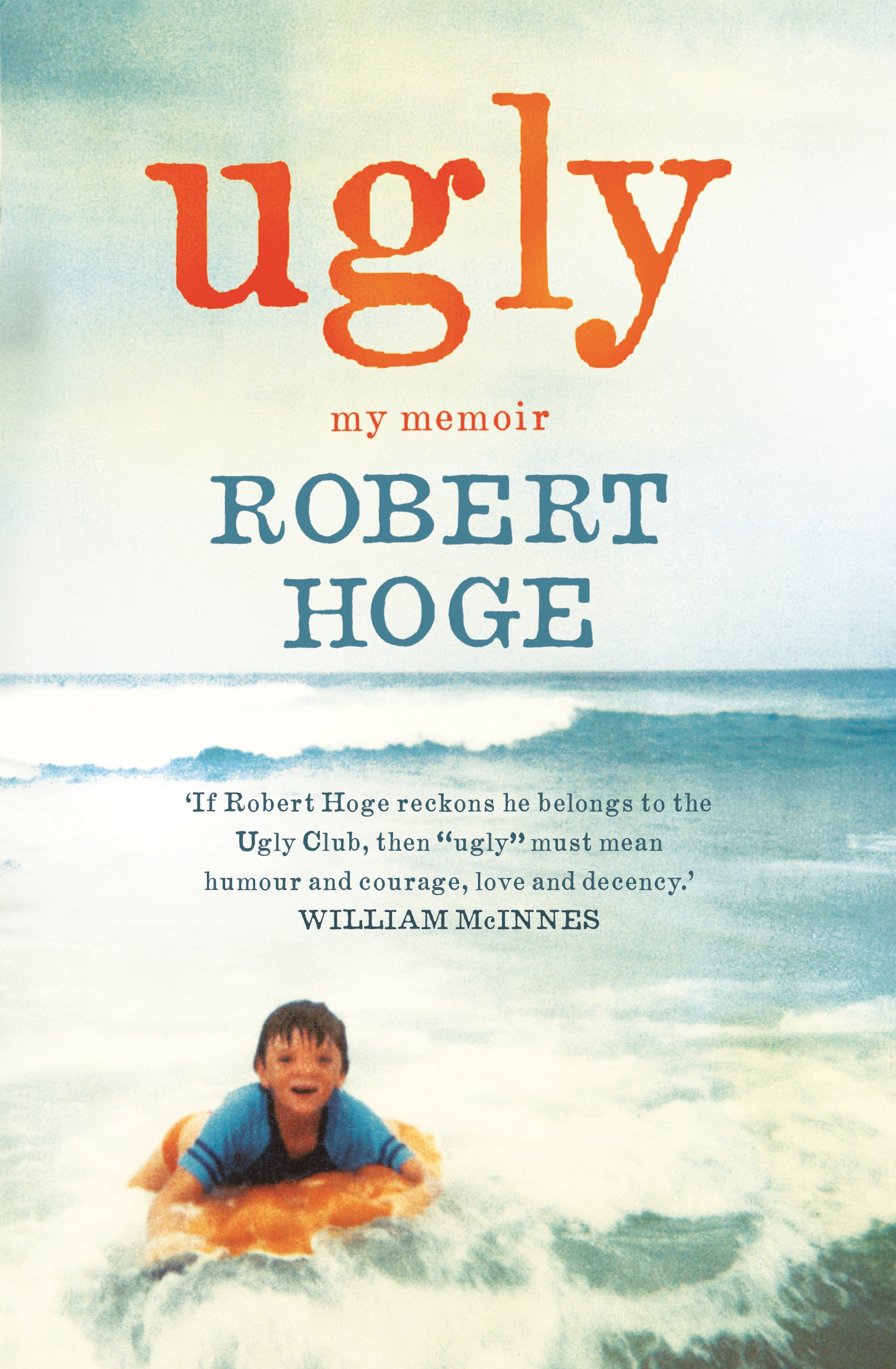 Ugly: My Memoir by Robert Hoge
Ugly: My Memoir by Robert Hoge
One recent example is Ugly, the joyous and uplifting memoir of Robert Hoge. Ugly follows Robert’s life from his birth to the birth of his daughter. His childhood is suburban and familiar, filled with childhood pranks, school camps, bad haircuts, and siblings. What makes his story extraordinary is that Robert was born significantly disfigured – a massive tumour distorted his facial features, and his legs were twisted and useless. Despite this, Robert’s family is determined to give him an ordinary upbringing. Lots of love and courage, as well as a series of groundbreaking operations, allow Robert to triumph over his difficult beginnings, and grow up to be a successful journalist, science communicator and political advisor.
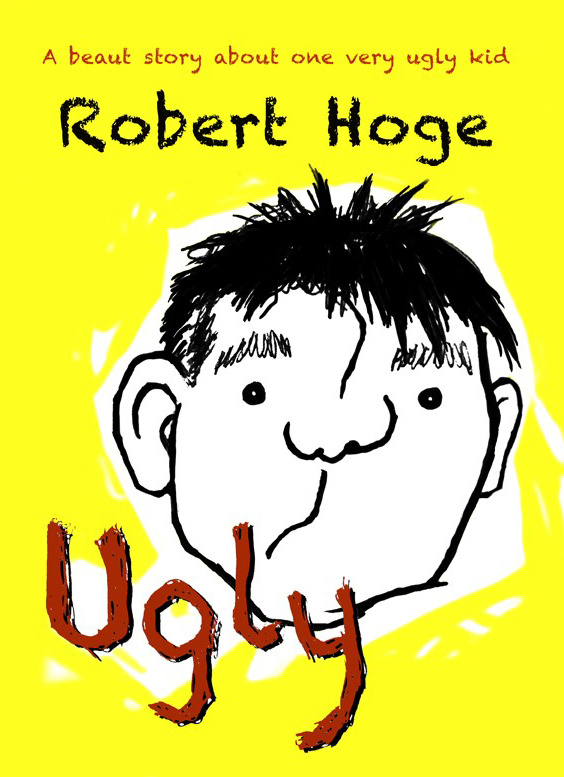 Ugly by Robert Hoge
Ugly by Robert Hoge
A younger readers’ version of Ugly was published in August this year, allowing 8-15 year olds to share in this inspirational story. Ugly also offers a reflection on disability, beauty and ugliness – all important issues for this age group. May have particular appeal for fans of R. J. Palacio’s Wonder.
The Happiest Refugee by Anh Do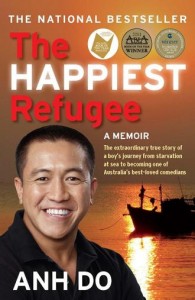
The plight of refugees is in the spotlight once more, making this a great time to revisit this heart-warming book. The Happiest Refugee is comedian Anh Do’s memoir, which begins with his family’s escape from war-torn Vietnam. During their journey in a leaky fishing boat, Anh and his family nearly die from disease, starvation, dehydration and pirate attacks. Even when they are rescued and resettled in Australia, there is no simple Happy Ever After: Anh and his family face many hardships while they rebuild their lives. Fortunately, hard work, determination, a loving family and a sense of humour help them to overcome many difficulties and pave the way to success.
The Happiest Refugee has won many awards, and was so popular that it became a live show that toured Australia. What makes it so special is Anh’s irrepressible optimism – he can find the silver lining in even the darkest cloud.
The Little Refugee by Anh Do, illustrated by Bruce Whatley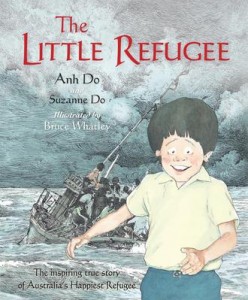
The Little Refugee is a picture book adaptation of The Happiest Refugee, aimed at primary school students. From young Anh’s point of view, we learn about Anh’s life from his birth in Vietnam to his early years in Australia. Atmospheric illustrations by Bruce Whatley (of Diary of a Wombat fame) effectively contrast the Do Family’s frightening journey with the more humorous situations as they settle into Australian life, and emphasises how hard work, persistence and a sense of humour triumph over hardship. The Little Refugee was awarded CBCA Honour Book in the Information Book of the Year category in 2012.
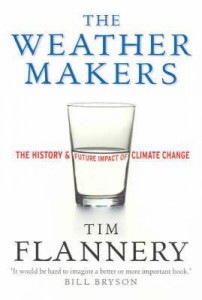 The Weather Makers by Tim Flannery
The Weather Makers by Tim Flannery
The Weather Makers is the book that identifies Tim Flannery as an international authority on climate change. It is an award-winning, best selling work that has been highly influential, with endorsements by policy makers, scientists, and writers worldwide. The Weather Makers tells the climate change story – from its its history, to its current status, and onto potential future impact. It also encourages its readers to start taking action to avert the imminent climate crisis. The Weather Makers is widely admired for being authoritative and comprehensive while remaining readable and accessible to the general public.
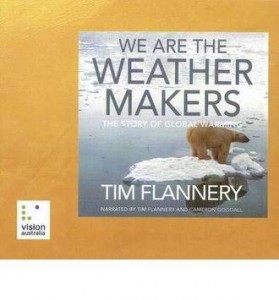 We are the Weather Makers: the Story of Global Warming by Tim Flannery
We are the Weather Makers: the Story of Global Warming by Tim Flannery
Since Tim Flannery dedicated The Weather Makers to children, “to all of their generation who will have to live with the consequences of our decisions”, it makes sense to produce a version of the book that speaks to youth readers directly. The result is called We are the Weather Makers. It is underpinned by the same vigorous scholarship, but with updated data, and more streamlined, concise prose. While it is aimed at 10-15 year olds, We are the Weather Makers will appeal to anyone who wants a succinct version of the original, important work.
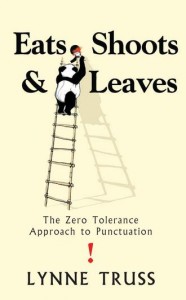 Eats, Shoots and Leaves: the Zero-Tolerance Approach to Punctuation by Lynne Truss
Eats, Shoots and Leaves: the Zero-Tolerance Approach to Punctuation by Lynne Truss
When Lynne Truss wrote her “small book on punctuation”, she had no idea that it would become a bestseller that reinvigorates interest in the niceties of the English language. Eats, Shoots and Leaves is more than a guide to punctuation use – it is also a lament and a call-to-arms. Through amusing anecdotes drawn from history, literature, and real signage, Lynne Truss discusses the origin and history of different punctuations and how they should be used. Eats, Shoots and Leaves manages to be witty, informative and compulsively readable, because it shows that misplaced or absent punctuation can change the meaning of sentences in dramatic and funny ways.
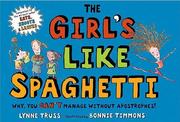 The Girl’s Like Spaghetti: Why, You Can’t Manage Without Apostrophes! by Lynne Truss, illustrated by Bonnie Timmons
The Girl’s Like Spaghetti: Why, You Can’t Manage Without Apostrophes! by Lynne Truss, illustrated by Bonnie Timmons
The adult version of Eats, Shoots and Leaves has inspired two picture books illustrated by Bonnie Timmons. While Eats, Shoots and Leaves focusses on the use of commas, The Girl’s Like Spaghetti focusses on apostrophes. Each book contains double spread pages that show how dramatically meanings can change when punctuations are placed differently. For example, “the girl’s like spaghetti” may describe your best friend, while “the girls like spaghetti” sounds like a good meal! The witty illustrations allow even young children to appreciate the quirkiness of the English language, and the importance of good punctuation. Perfect for Ages 6-12.
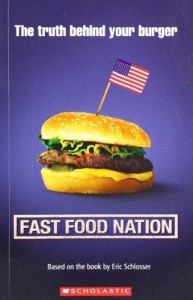 Fast Food Nation by Eric Schlosser
Fast Food Nation by Eric Schlosser
Fast Food Nation is Eric Schlosser’s critique of the American fast food industry. He shows how the rise of fast food has resulted in many societal problems including rising obesity rates, widening income gap, labour exploitation, and potential for mass outbreaks of serious diseases (such as BSE, aka “mad cow disease”). It is also a warning for the future, as emerging economies embrace fast food as part of their yearning for a Western lifestyle. Eric Schlosser is an investigative journalist who has used a compelling narrative to make serious topics – politics, economics, health, business strategy, psychology – interesting and accessible. Fast Food Nation is a seminal work that has inspired other exposes into big businesses, such as Super Size Me and Enron: the Smartest Guys in the Room.
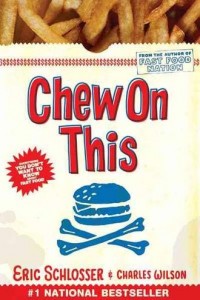 Chew on This by Eric Schlosser and Charles Wilson
Chew on This by Eric Schlosser and Charles Wilson
Chew on This is an adaptation of Fast Food Nation aimed at 10-16 year olds. Eric Schlosser teams up with fellow journalist Charles Wilson to refine the original text and make it more accessible to the age groups that most favour fast food. Chew on This has retained the engaging narrative and the solid research (including footnotes) of Fast Food Nation, but is more concise and straightforward.
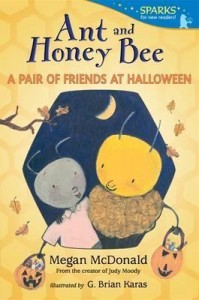 Ant and Honey Bee: A pair of friends at Halloween by Megan McDonald
Ant and Honey Bee: A pair of friends at Halloween by Megan McDonald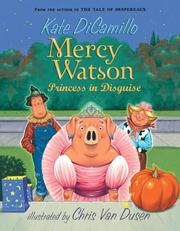 Mercy Watson: Princess in Disguise by Kate DiCamillo
Mercy Watson: Princess in Disguise by Kate DiCamillo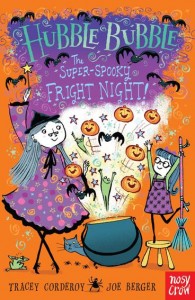 Hubble Bubble: The Super-Spooky Fright Night by Tracey Corderoy
Hubble Bubble: The Super-Spooky Fright Night by Tracey Corderoy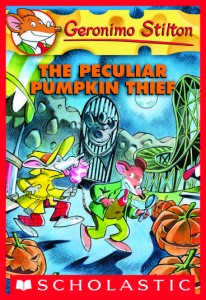 The Peculiar Pumpkin Thief by Geronimo Stilton
The Peculiar Pumpkin Thief by Geronimo Stilton The Cemetery Dance by Lucy George
The Cemetery Dance by Lucy George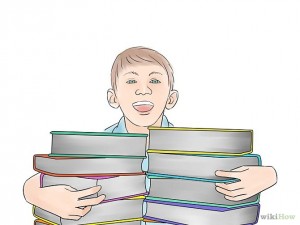
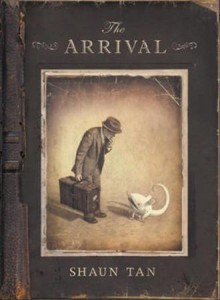
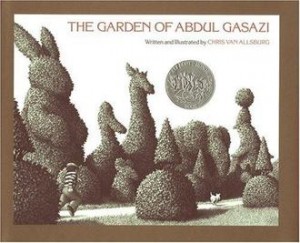
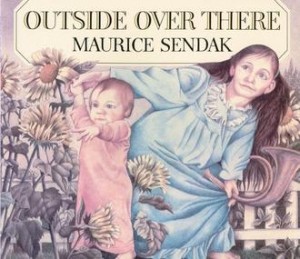
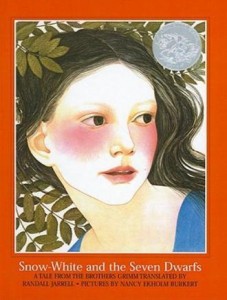
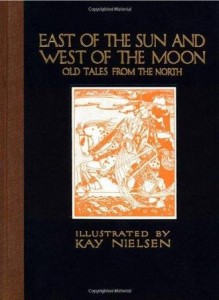
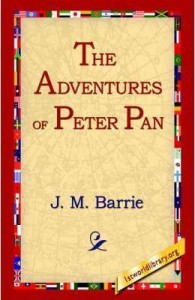
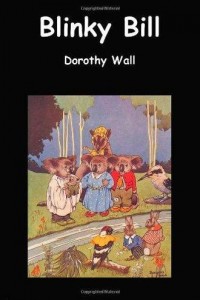
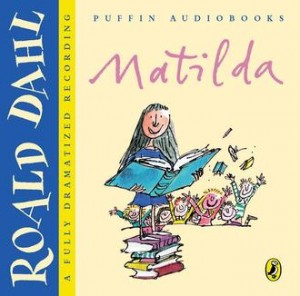

 Ugly
Ugly







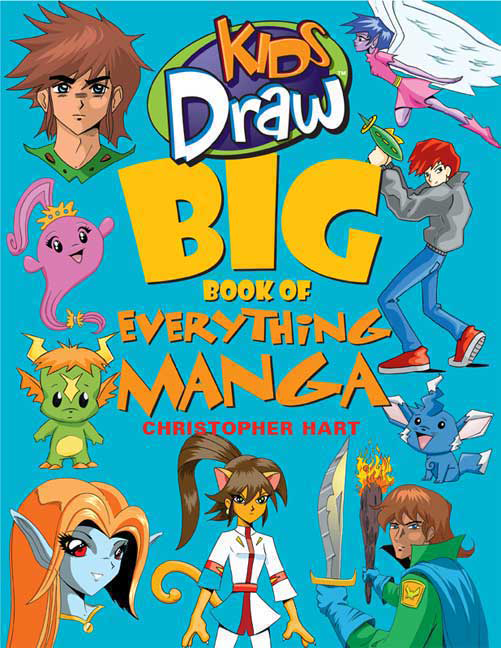
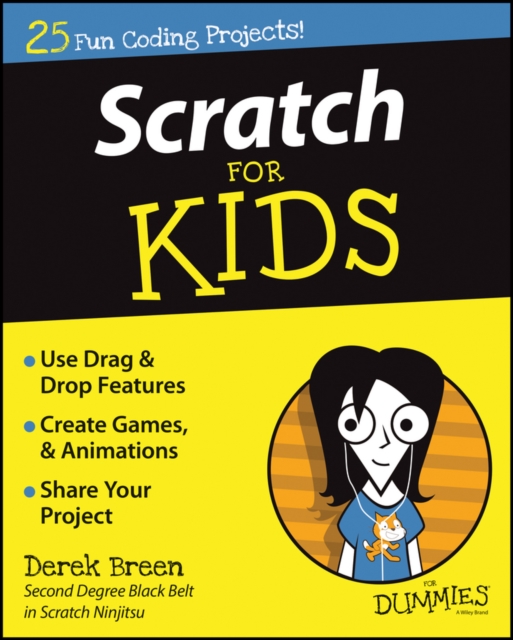
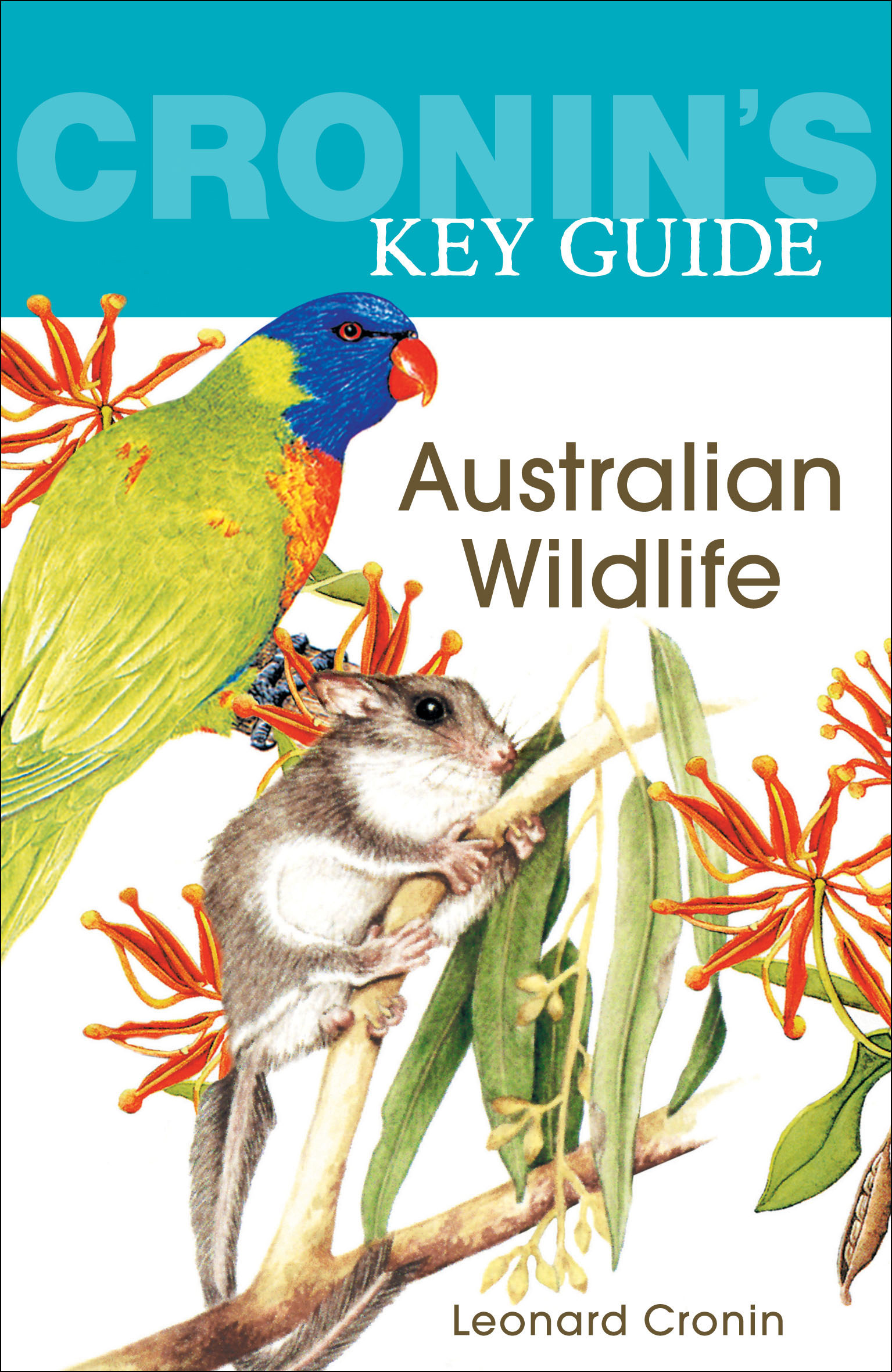
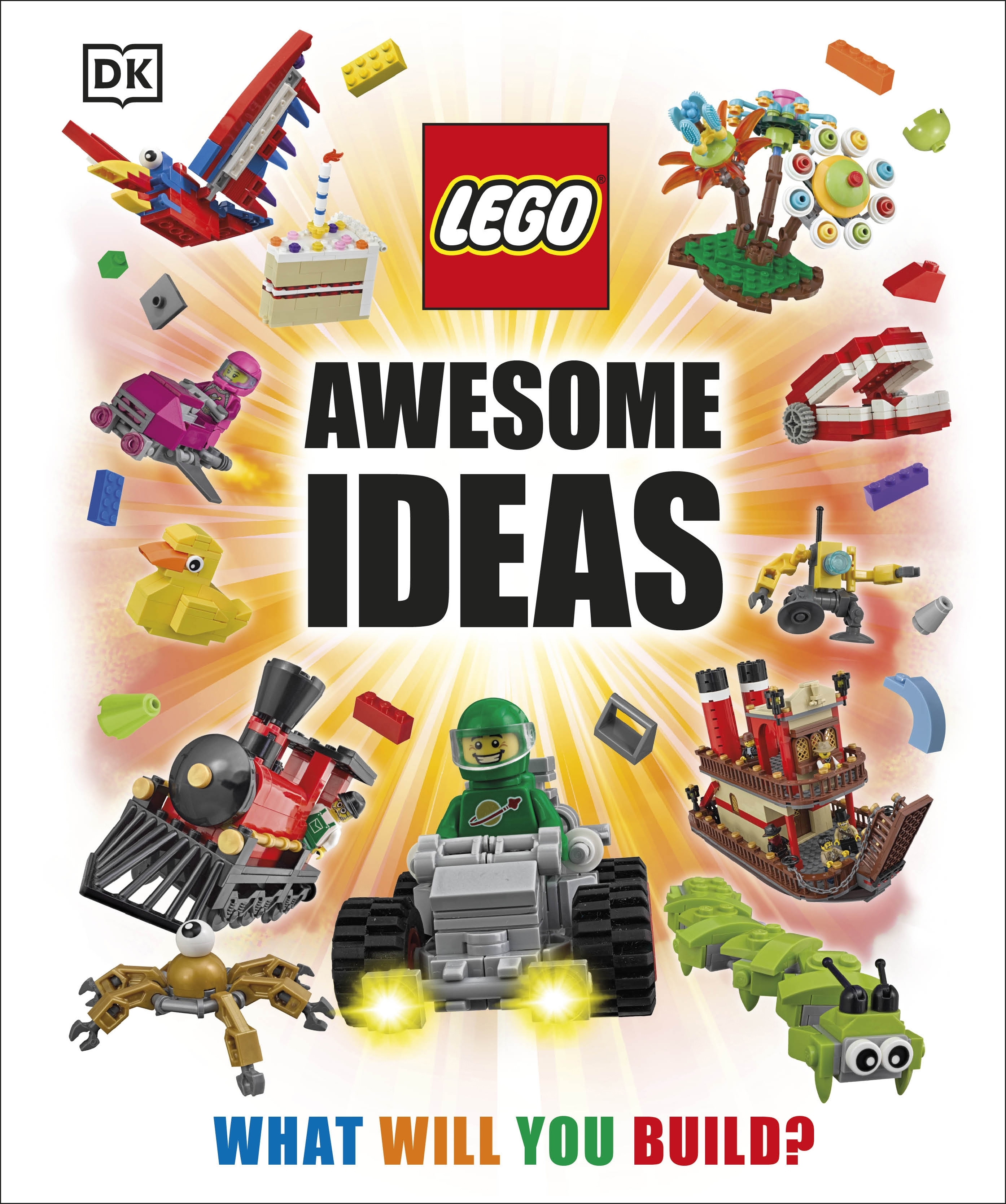
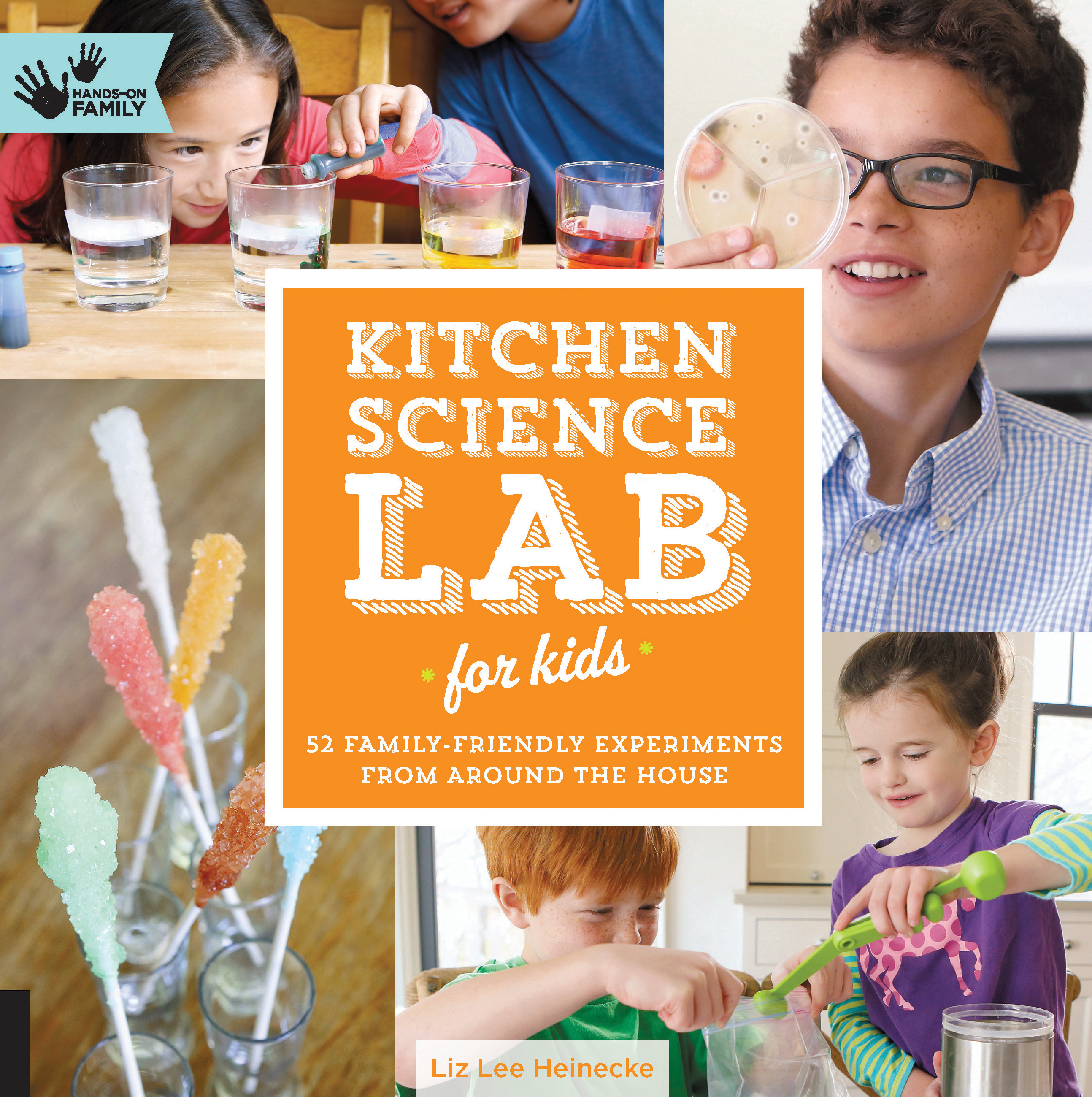
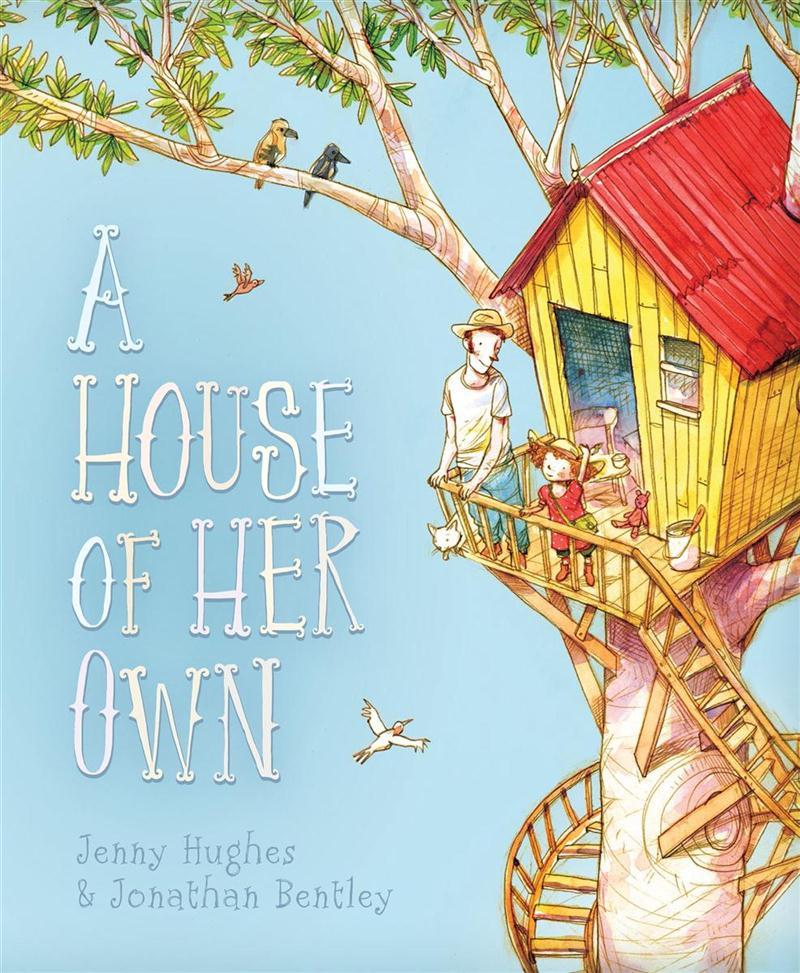 A House of her Own
A House of her Own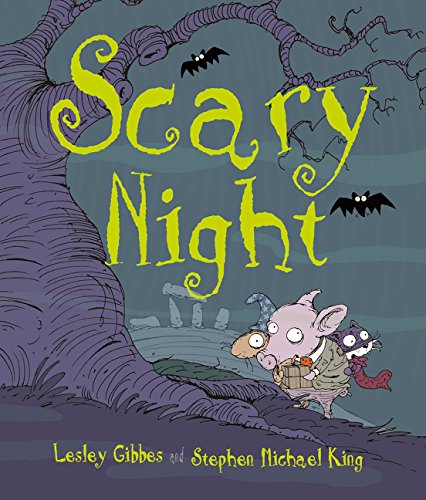
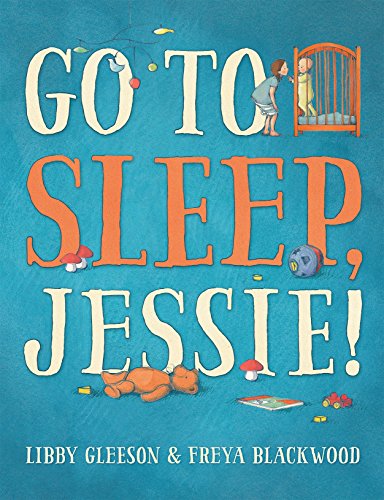 Go to Sleep, Jessie!
Go to Sleep, Jessie!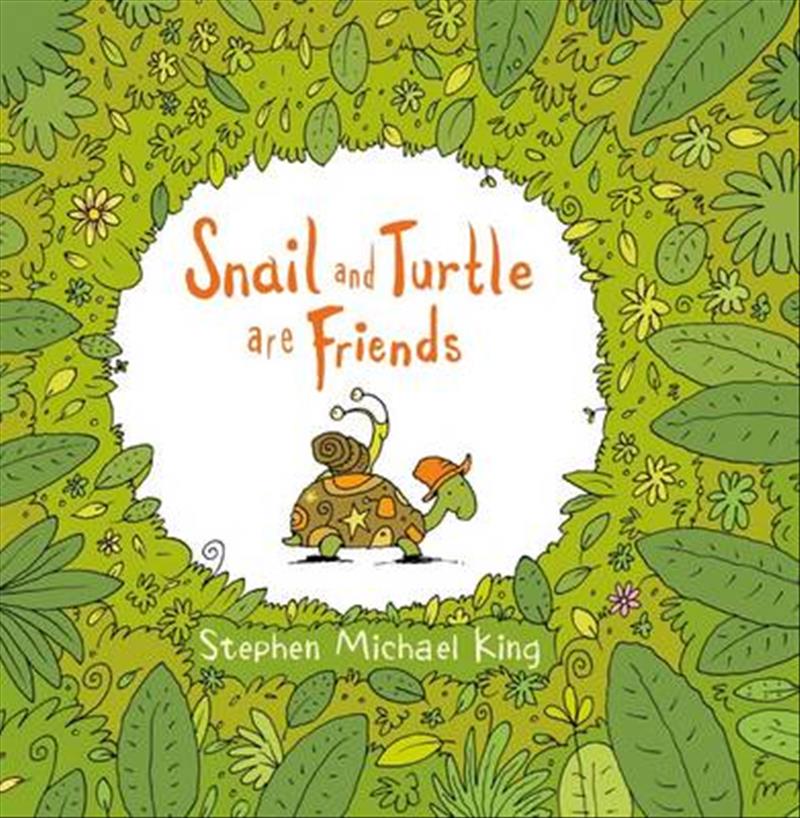
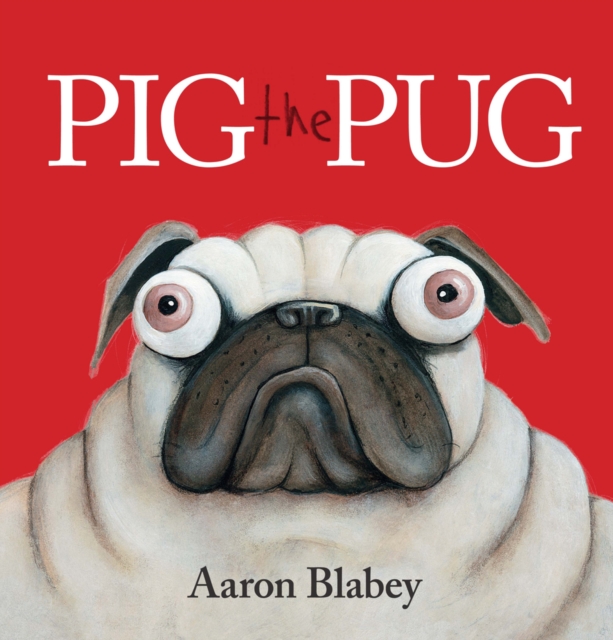
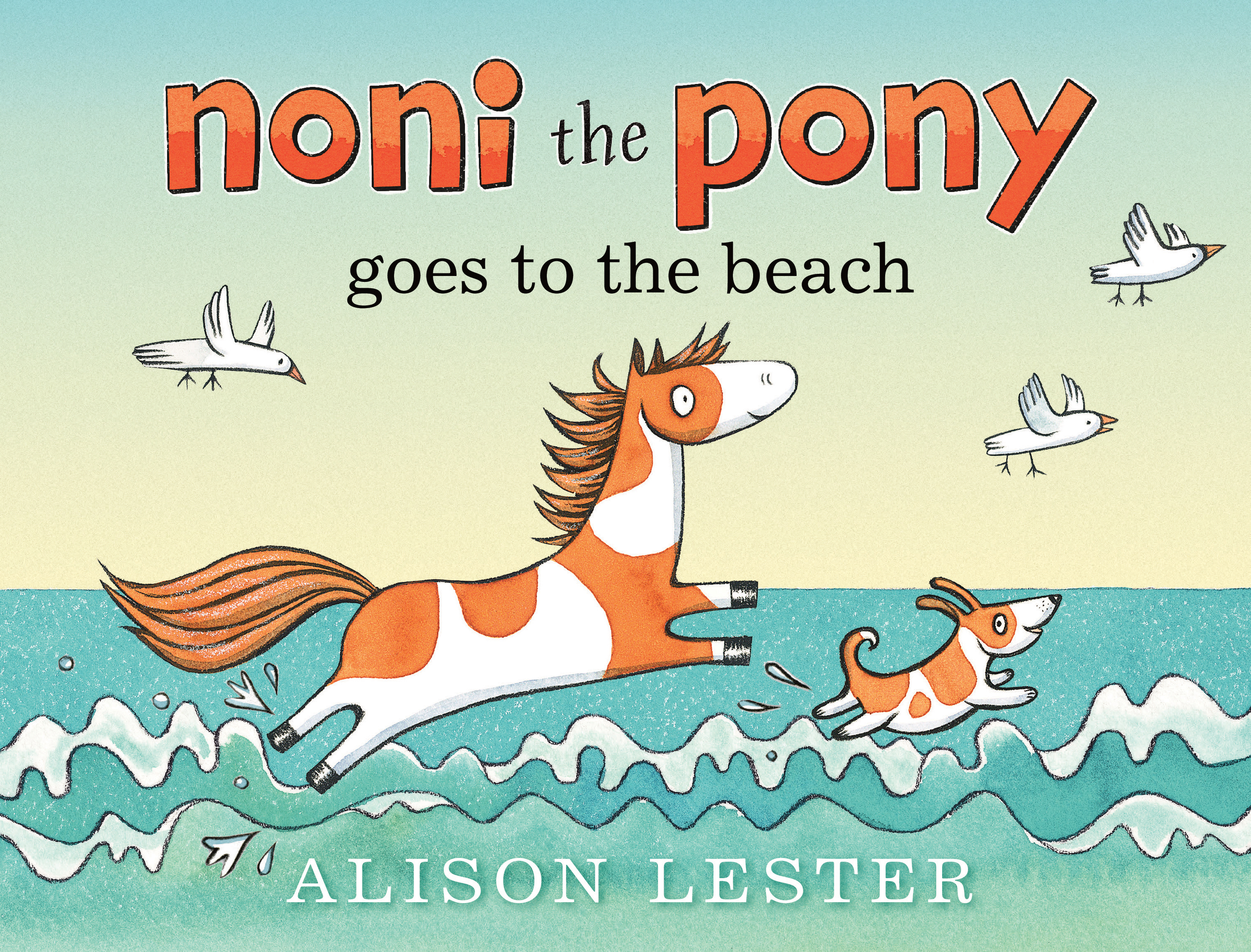 Noni the Pony Goes to the Beach
Noni the Pony Goes to the Beach